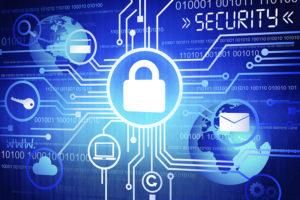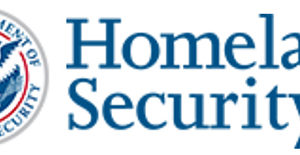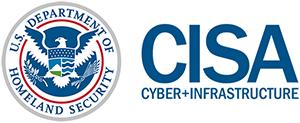INTERPOL report charts top cyberthreats in Southeast Asia

An INTERPOL report has highlighted the key cybercrime trends and threats confronting the Association of Southeast Asian Nations (ASEAN) region.
INTERPOL’s ASEAN Cyberthreat Assessment 2021 report outlines how cybercrime’s upward trend is set to rise exponentially, with highly organized cybercriminals sharing resources and expertise to their advantage.
It provides strategies for tackling cyberthreats against the context of the pandemic which has seen more people going online using mostly unprotected mobile devices, creating a surge in cybercriminal activities profiting from the theft of personal information and credentials.
The report further describes the essential collaboration on intelligence sharing and expertise between law enforcement agencies and the private sector, facilitated by INTERPOL’s global network.
The INTERPOL’s ASEAN Cybercrime Operations Desk (ASEAN Desk) with the support from law enforcement agencies in the region and INTERPOL’s private sector cybersecurity partners identify the region’s top cyberthreats:
- Business E-mail Compromise campaigns continue to top the chart with businesses suffering major losses, as it is a high-return investment with low cost and risk.
- Phishing. Cybercriminals are exploiting the widespread use of global communications on information related to COVID-19 to deceive unsuspecting victims.
- Ransomware. Cybercrime targeting hospitals, medical centers and public institutions for ransomware attacks has increased rapidly as cybercriminals believe they have a higher chance of success given the medical crisis in many countries.
- E-commerce data interception poses an emerging and imminent threat to online shoppers, undermining trust in online payment systems.
- Crimeware-as-a-Service puts cybercriminal tools and services in the hands of a wider range of threat actors – even non-technical ones, to the extent that anyone can become a cybercriminal with minimal ‘investment’.
- Cyber Scams. With the increase of online transactions and more people working from home, cybercriminals have revised their online scams and phishing schemes, even impersonating government and health authorities to lure victims into providing their personal information and downloading malicious content.
- Cryptojacking continues to be on the radar of cybercriminals as the value of cryptocurrencies increases.
“Cybercrime is constantly evolving. The COVID-19 pandemic has accelerated digital transformation, which has opened new opportunities for cybercriminals,” said Craig Jones, INTERPOL’s Director of Cybercrime.
“Through this report, INTERPOL strives to support member countries in the ASEAN region to take a targeted response against ever-evolving cybercrime threats to protect their digital economies and communities,” added Mr Jones.
Under the mandate of reducing the global impact of cybercrime and protecting communities, the INTERPOL Regional Cybercrime Strategy for ASEAN sets out INTERPOL’s key priorities and principles against cybercrime in the region.
Delivered through INTERPOL’s ASEAN Desk and ASEAN Cyber Capacity Development Project, the strategy is underpinned by four pillars: enhancing cybercrime intelligence for effective responses to cybercrime; strengthening cooperation for joint operations against cybercrime; developing regional capacity and capabilities to combat cybercrime; and promoting good cyber hygiene for a safer cyberspace.




